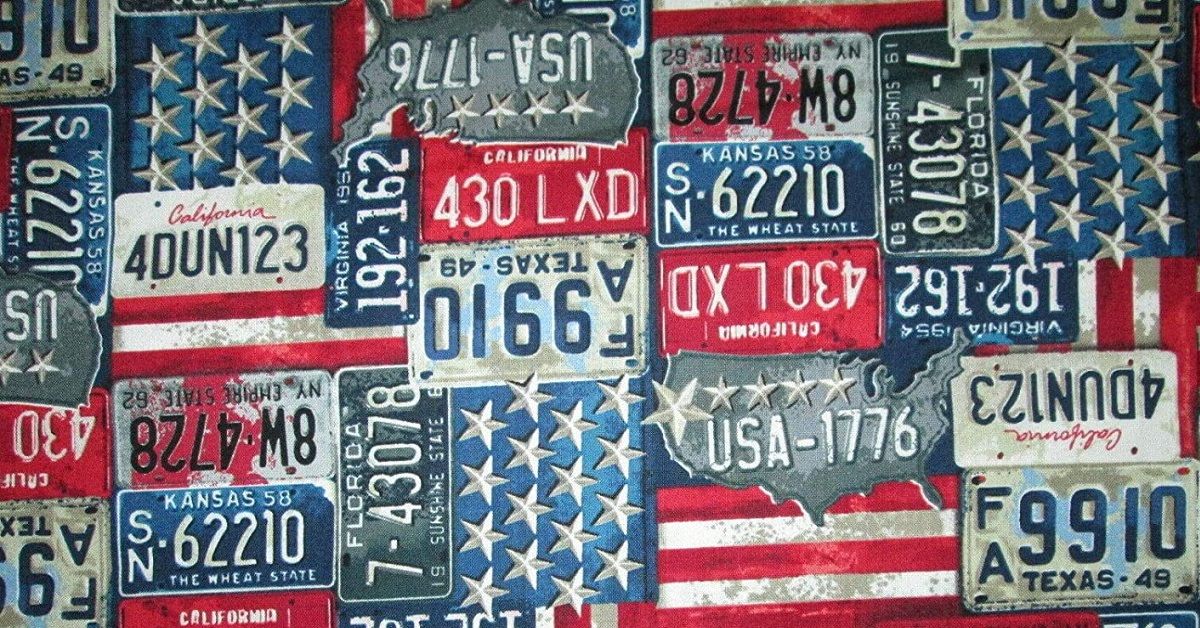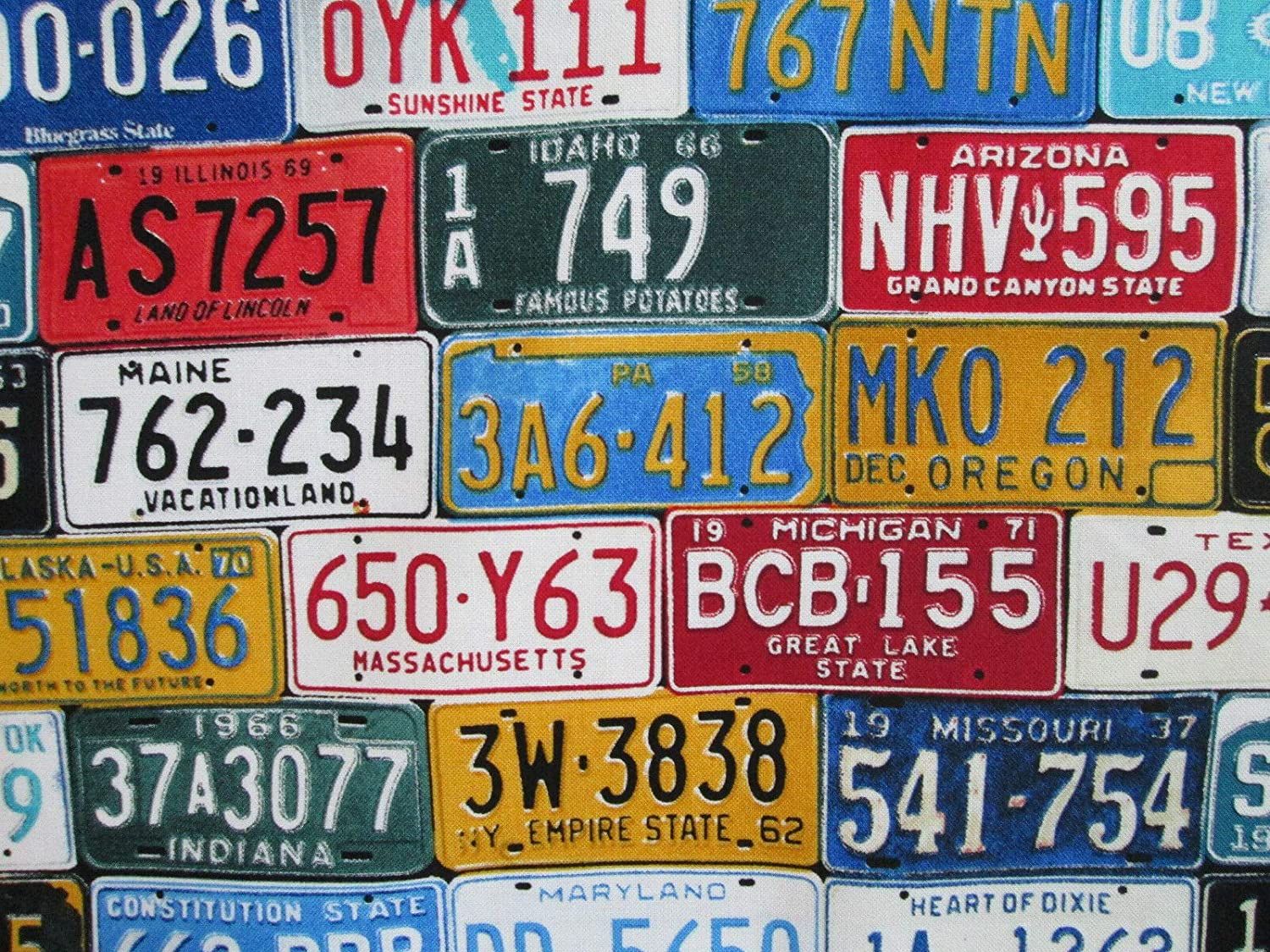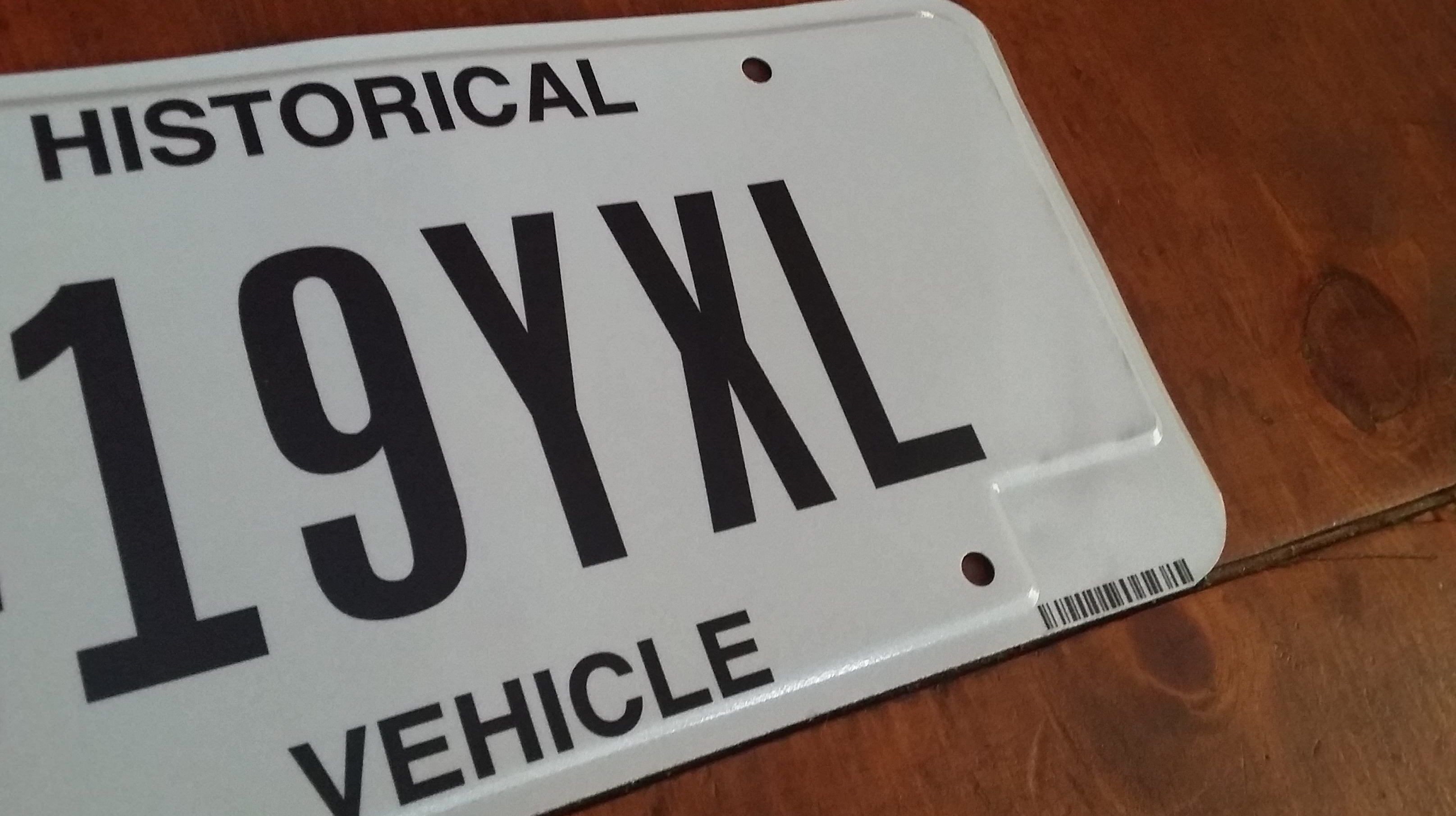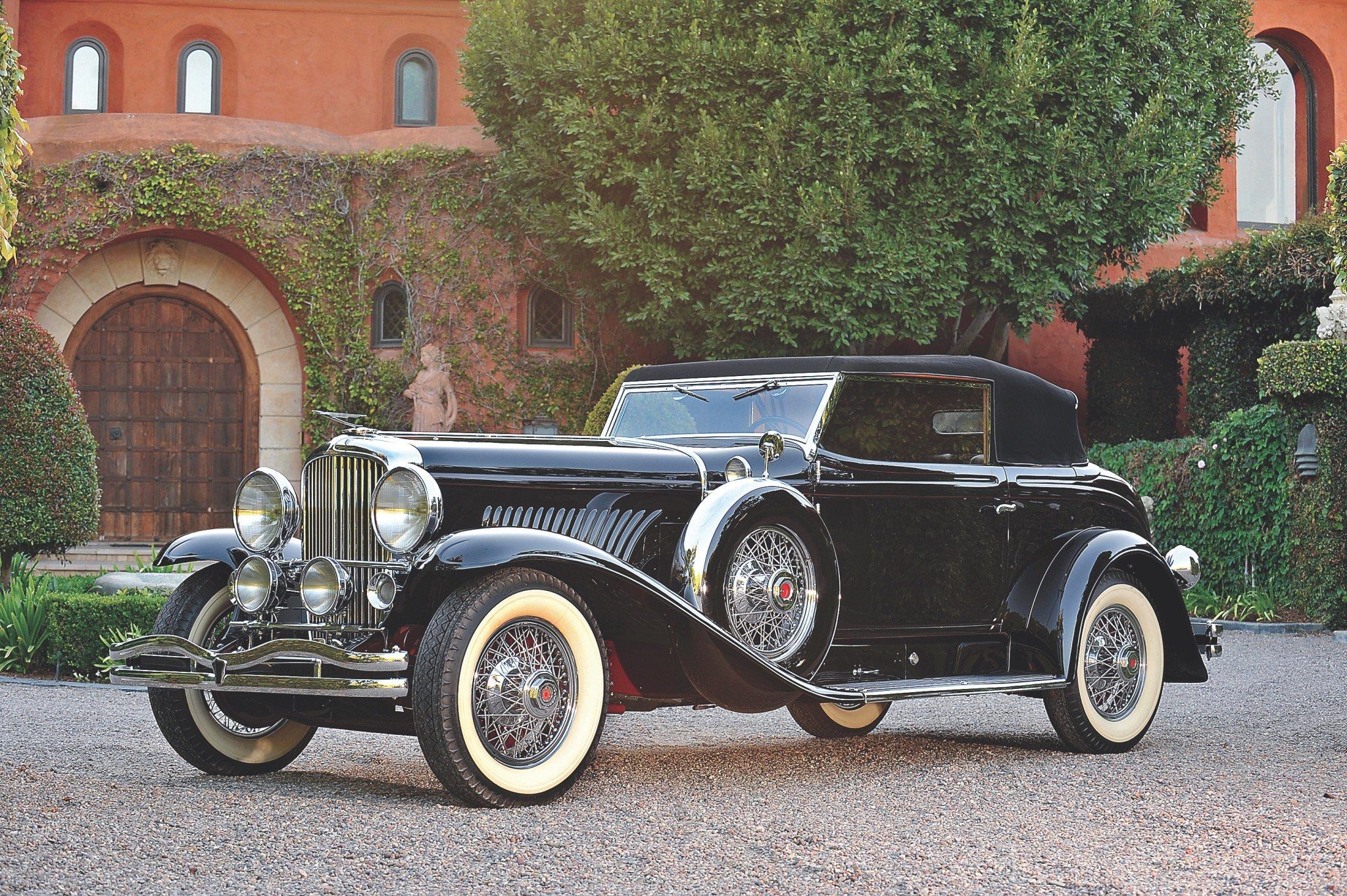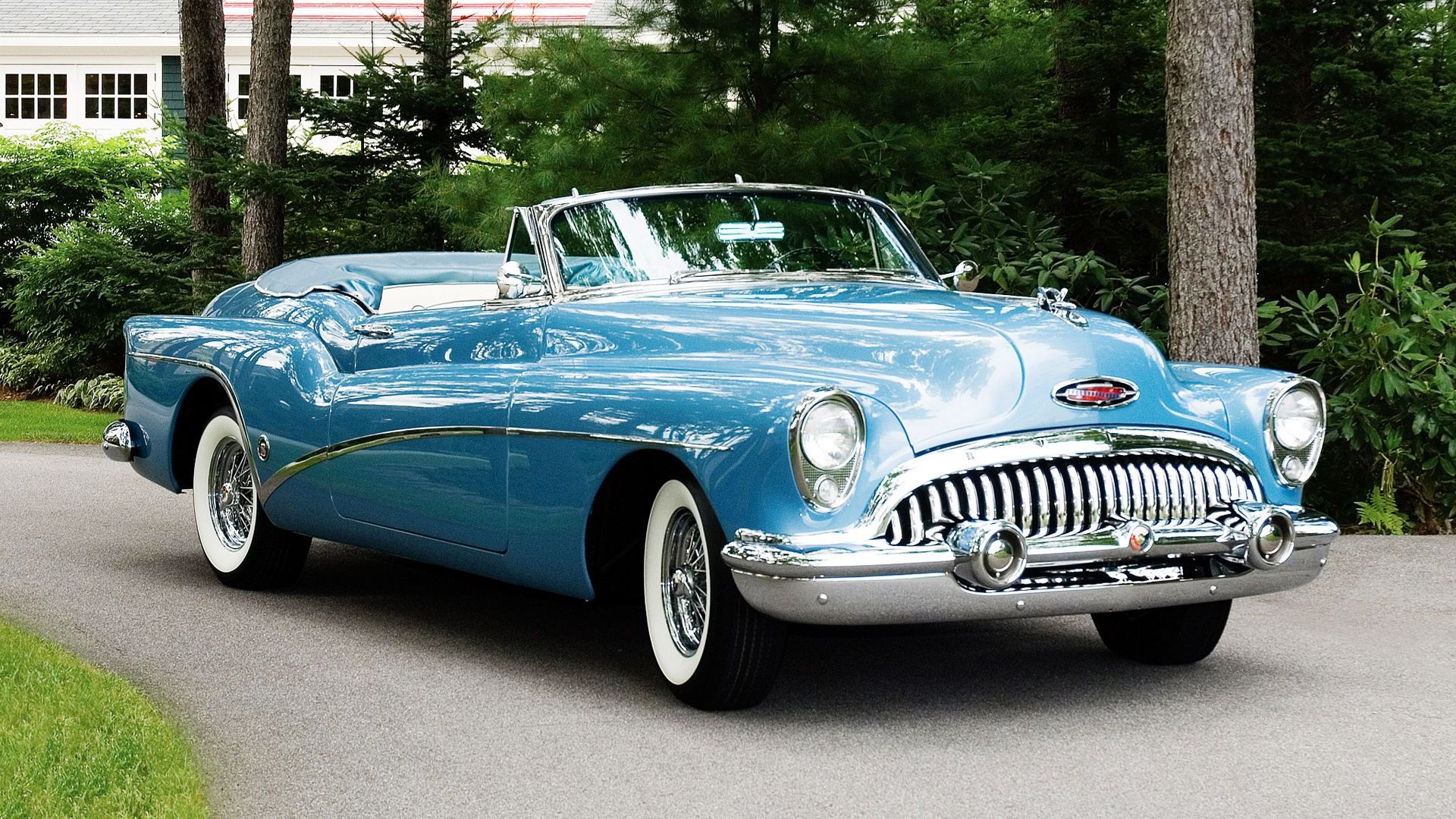When classic cars hit 25-26 years old, they are eligible for “Historic vehicle” status. Plates are cheaper, but activity is restricted in order to preserve historic vehicles by limiting their use. Historic vehicles are only considered to be “collector's items” for use in exhibitions, parades, tours, and anything of that nature. Most states allow their residents to register their cars on the DMV or BMV website, answer questions about their car, have the necessary documentation ready, and pay a small fee. While the actual process of registration and the full definition of “historic” is a bit more complicated than the aforementioned information, the general definition of “historic” and the overview of the registration process are both quite simple.
Read on to find out more about both historic plates and cars, as well as the process of registering cars as antiques.
Standards For Historical Vary By State
Although there are general guidelines for what is considered “historic,” each state has its own set of specific guidelines for its residents to register their cars as historic.
In Michigan, for example, historic vehicles can only be owned solely as a collector's item and used specifically for certain events, such as historical club activities, parades, and car shows. These cars must also be 26 years old. For being known as the automotive center for the world, their standards for what constitutes “historic” are very strict.
Further, historical vehicles are forbidden to be used for routine, day-to-day transportation 11 months of the year; they only have free reign in August. Nebraska is also strict, as historic vehicles with historic plates are only permitted for use in test drives, parades, and hobby-related activities, and are also forbidden from daily transportation or a work commute. California has the added restriction of having all the factory-installed emissions equipment intact so it can pass a smog check.
They Come With Conditions
Terms and conditions come with any historic vehicle with an antique plate. It may be an increase in status and prestige, but it absolutely comes at a cost.
Most states offer a choice between using regular plates on vehicles or saving money by putting on a “Historic” or “Antique” plate on said vehicles. These historic plates only cost around $30, provided the vehicle in question is around 25-26 years old.
Also, as mentioned before, this increase in status also warrants a decrease in function, as several states forbid historic vehicles to be used for standard daily transportation. It turns out the “collector’s item” restricts a vehicle for almost anything other than tours, parades, club activities, or anything of a showboating nature. The New Jersey DMV even notes that the cars must be “used solely for exhibition or educational purposes” and “cannot be altered from the manufacturer’s original design in any way.”
While standards vary from state to state, all the states seem to agree that historic vehicles needed to be protected and preserved by limiting their use. So if anyone wants to save a little money on license plates for older cars, then they should know the cost of exactly what they're getting into.
There's A Whole Procedure
When it comes to registering a car as an antique, the process can be very thorough, and it also depends on what state drivers reside in. While regular car registration can be as simple and straightforward as going to the Department of Motor Vehicles and providing the proper paperwork, antique car registration can be a bit more complex.
First, people have to know whether their vehicle even qualifies as a vintage, antique, historic, or classic car, depending on their state's definition. Second, additional restrictions may be placed on such vehicles depending on the age and use of the car, so people should know ahead of time if there are any additional restrictions in their state.
It's also worth noting that what may qualify as a vintage, antique, historic or classic car in one state may not qualify for that status in another state. If you are registered in one state with a certain special designation, such as “classic,” it may not qualify for that same designation in another state.
What Makes A Car A Classic?
What exactly constitutes a classic, though? Despite the variation between states, certain general guidelines exist. Antique cars generally refer to vehicles manufactured prior to 1915, which includes the "Brass Era cars" that can be any pioneer gas, steam, and electric motor vehicle that was assembled before January 1, 1916.
That said, while “antique” is a more defined term, car owners tend to use “classic” much more freely with more vague definitions. However, the age range of vehicles at many American ”classic” car shows is between the 1920s to the 1970s. At this point, however, cars from the 1980s and 1990s are starting to approach classic status, as a new decade is about to begin. Several car enthusiasts believe their current cars will one day become classics, even going so far as to make predictions on which cars will achieve that status.
Sources: michigan.gov, bmv.ohio.gov, dmv.ny.gov, dmv.nebraska.gov, jalopnik.com, hagerty.com, nationwide.com, hcca.org

